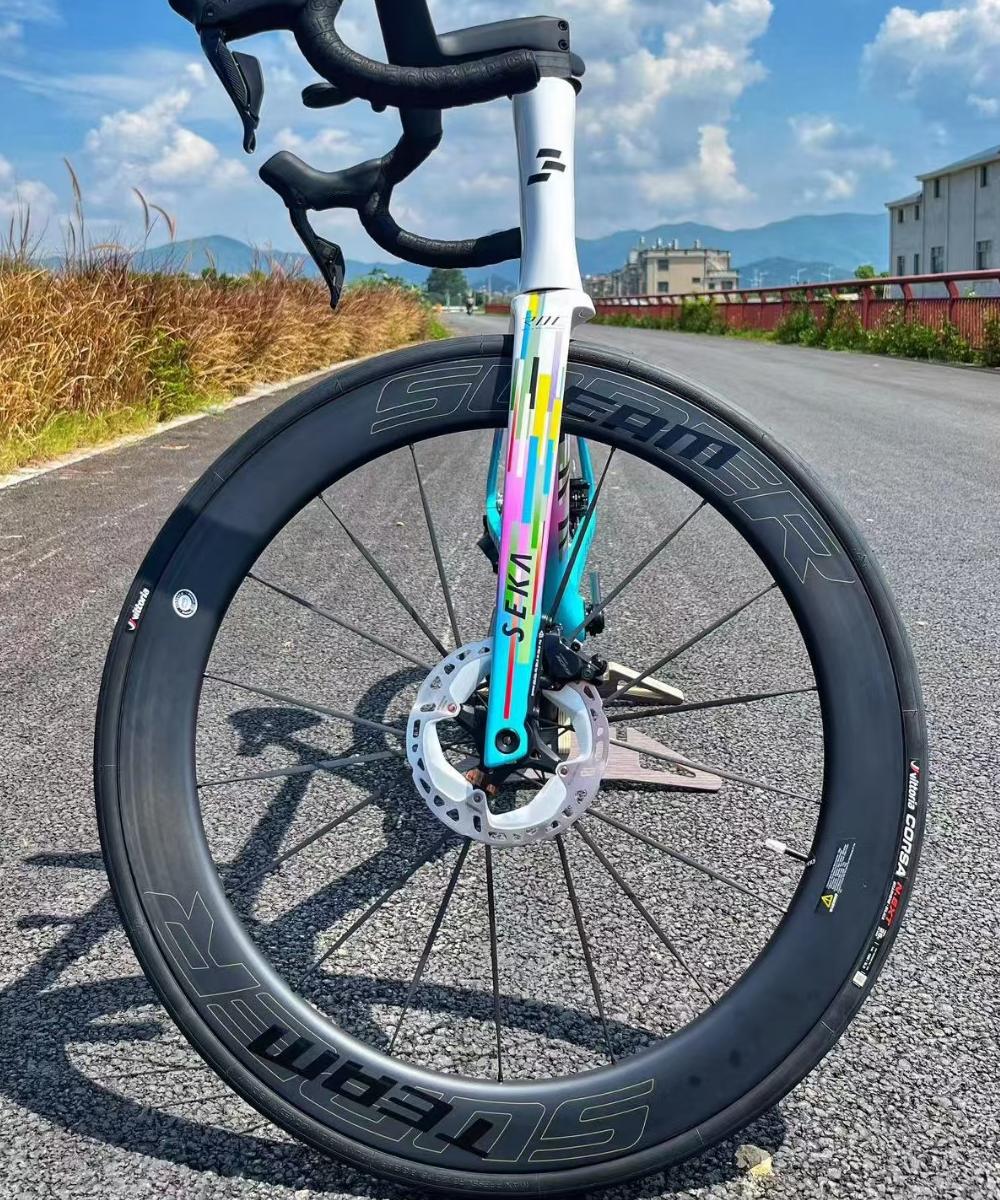How Wheel Dish Affects Strength and Alignment
In cycling, the term wheel dish refers to the asymmetry of a wheel’s rim about its hub. While it might sound like a minor technical detail, the wheel dish has a profound effect on wheel strength, spoke tension balance, and overall alignment. Understanding how a dish works can help riders make better decisions when building, truing, or choosing wheelsets.
1. What Is a Wheel Dish?
A wheel dish occurs when the rim is offset from the hub centerline, typically seen on rear wheels. This offset is necessary to accommodate wider cassettes or disc brake rotors. The result is unequal spoke lengths and different spoke tensions between the drive and non-drive sides.
Drive side (right side): Shorter spokes, higher tension.
Non-drive side (left side): Longer spokes, lower tension.
Front wheels may have a slight dish if using disc brakes, but rear wheels are usually the most affected.
2. How Dish Affects Strength
Unequal spoke tension due to dish can create weaknesses if not properly addressed:
High Tension Side (Drive Side): Concentrates stress, increasing the likelihood of spoke fatigue or rim stress.
Low Tension Side (Non-Drive Side): Can result in slightly more flex, which may reduce lateral stiffness.
Wheel builders compensate for dish by carefully balancing spoke tension and using cross lacing patterns, ensuring the wheel remains strong and durable.
3. Alignment Considerations
Wheel dish also impacts truing. Because the rim is offset, lateral adjustments are not symmetrical:
Tightening the low-tension side brings the rim toward the center.
Loosening the high-tension side has a similar effect but may be limited by tension requirements.
Understanding the wheel’s dish is essential for precise alignment and avoiding a wheel that appears “true” but is under uneven stress.
4. Disc Brakes and Dish Challenges
Modern disc brake wheels require wider hubs and more dish, especially on the rear. While this allows for rotor clearance, it increases the tension imbalance between sides. High-quality carbon or alloy rims and proper spoke selection mitigate these stresses, preserving strength even with significant dish.
5. Choosing and Maintaining Dished Wheels
Wheel Builders: Pay attention to spoke tension ratios and lacing patterns.
Riders: Know that rear wheel dishing may slightly affect stiffness and ride feel. Regular truing and tension checks ensure longevity.
High-Stress Riders: Cyclists using heavy cassettes or riding rough terrain should prioritize strong rims and spokes to handle asymmetric loads.
Conclusion
Wheel dish is more than a design necessity — it directly influences wheel strength, alignment, and longevity. By understanding how dished wheels distribute tension and respond under load, cyclists and builders can create wheels that are both durable and high-performing, ensuring smooth rides and reliable handling across any terrain.
I can also create a visual diagram showing drive vs. non-drive spoke tension to accompany this article, which would make it much easier for readers to understand the concept of dish. Do you want me to do that next?


